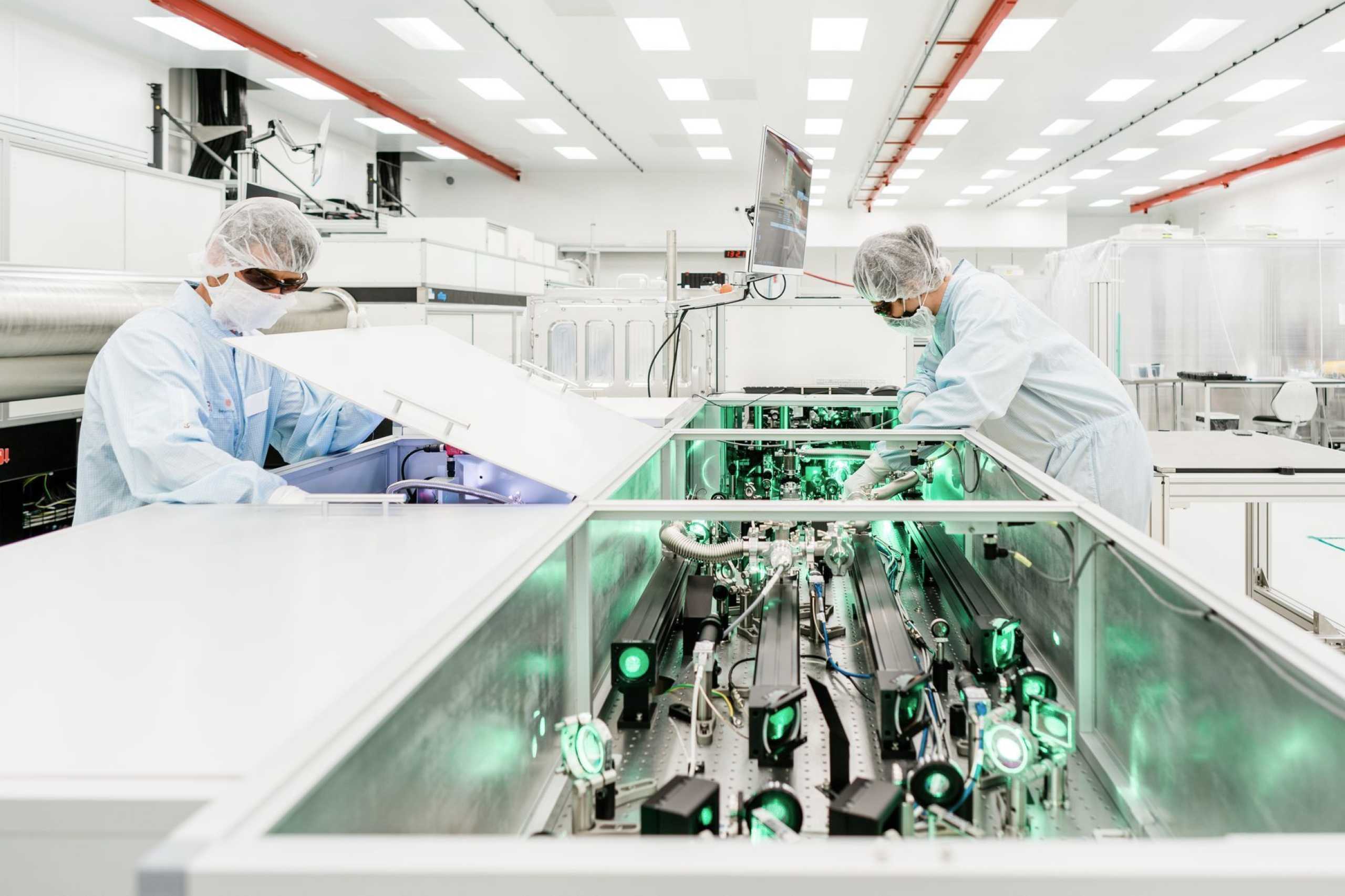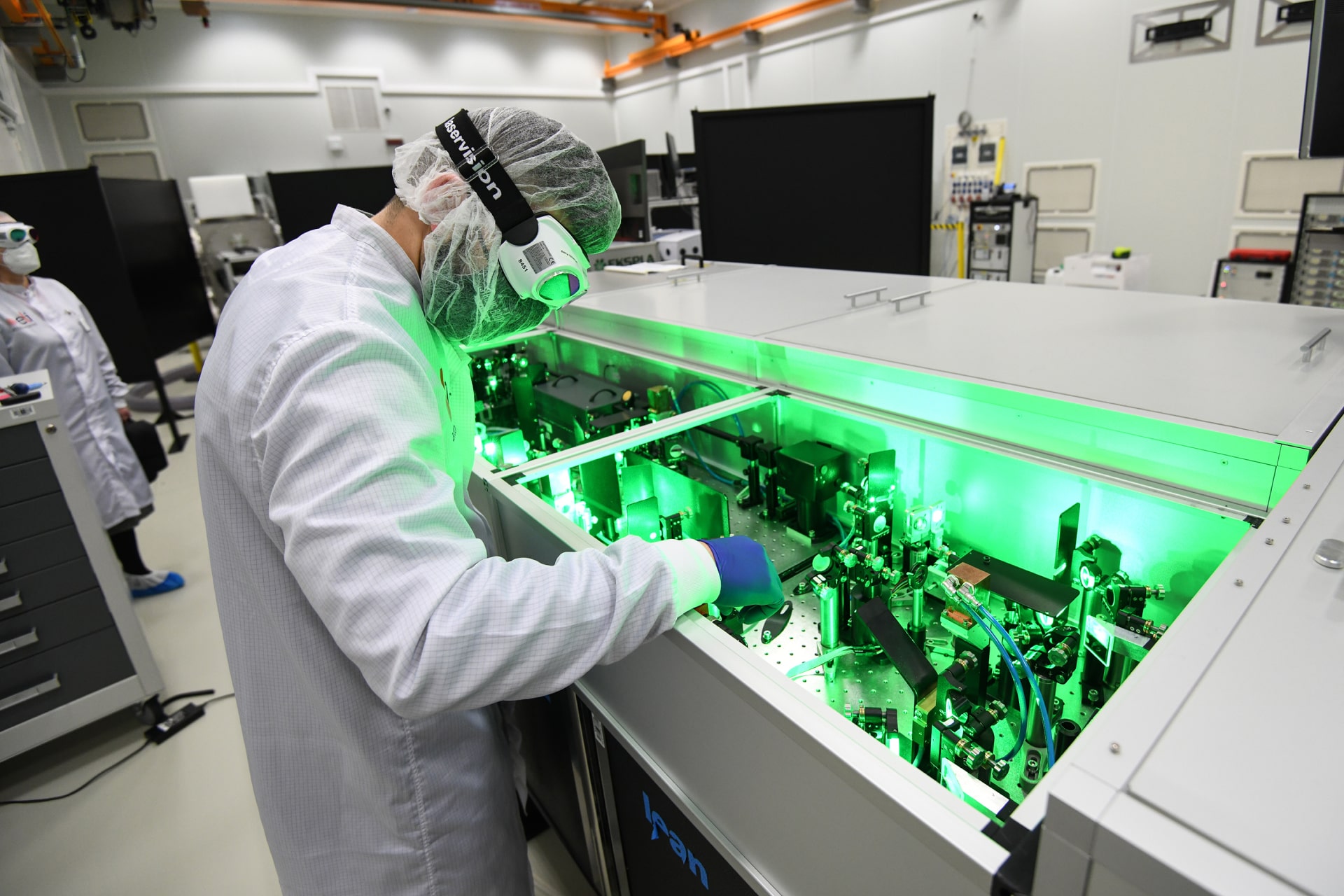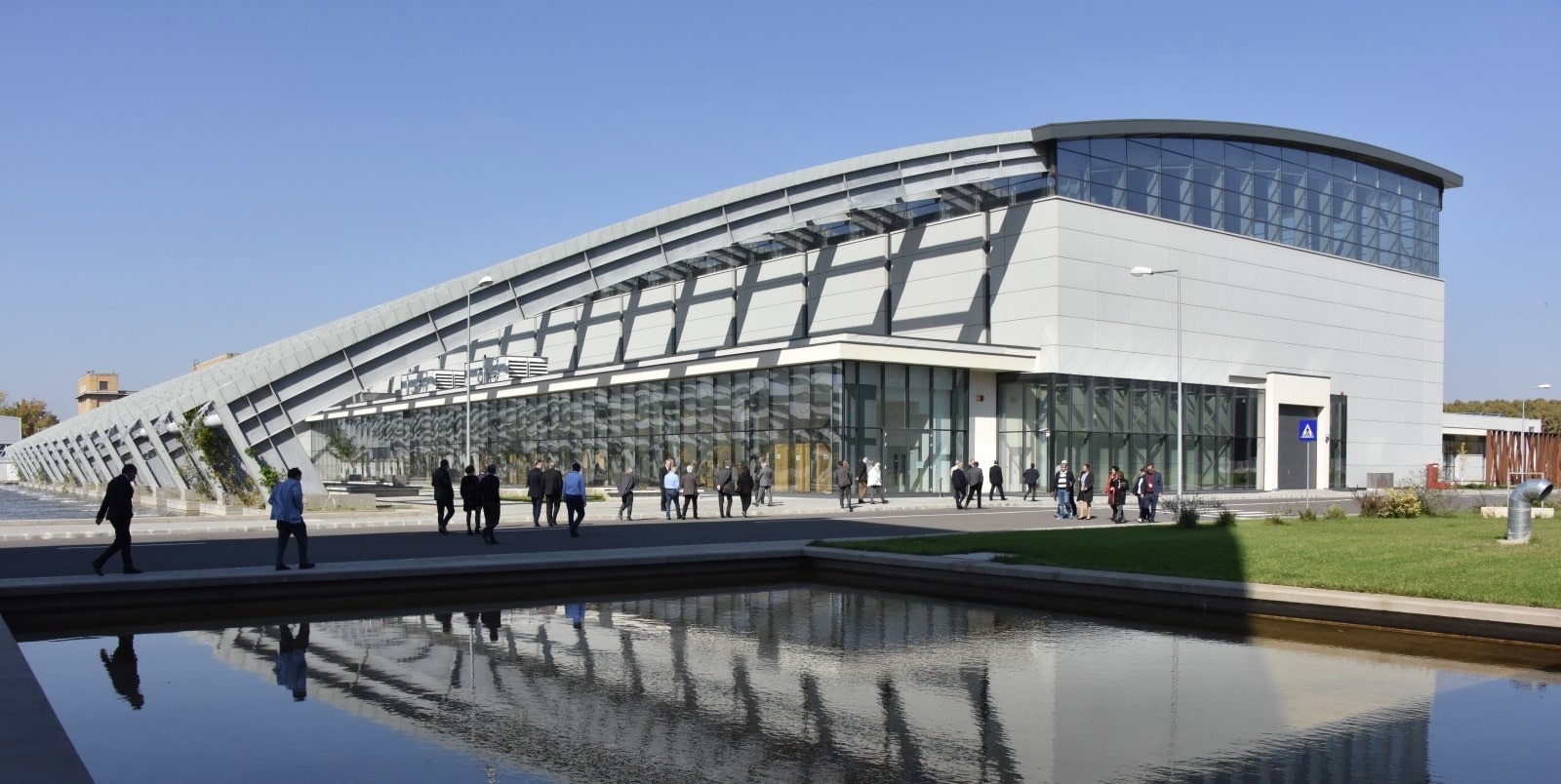
Three steps to beamtime allocation
Under the Excellence-Based Access mode, access is granted free of charge following competitive evaluation of the excellence and scientific merit of Experiment Proposals by ELI's international Peer Review Panel (PRP)and assessment of their technical and safety feasibility. Results of Experiments performed as part of this access process should be published and made open. The PRP consists of independent experts appointed by ELI responsible for evaluating the excellence and scientific merit of the Experiment Proposals submitted to ELI via the ELI User Office System (UOS) and for providing advice on the Proposals that should be awarded access to the ELI Facilities.
Step 1 - Submission: Proposals for Experiments should be submitted only via the ELI User Office System, using the dedicated online submission form. The proposal submission should be done by the Principal Investigator on behalf of the Experimental Team and is subject to acceptance of the Terms and Conditions for access and GDPR Information Notice. The submission includes a description of the Scientific and Technical Content of the Proposal and will only be accepted if all obligatory fields (indicated by *) are completed. For more details on how to use the ELI User Office System, visit the User guide page.
Step 2 - Feasibility Assessment: Proposals, once submitted, are assessed by authorised ELI Staff to confirm their technical and safety feasibility. Users are strongly encouraged to get in touch with the ELI Staff indicated as contact persons for each instrument ahead of submission to clarify any feasibility questions.
Step 3 - Peer-review: The scientific merit of proposals is assessed by the ELI Peer Review Panel (PRP), which consists of independent scientific experts. The PRP provides advice to the ELI management by assigning a score and a rank to the proposals.
The status and outcome of the evaluation of proposals will be communicated via the User Office System and email notifications to the Principal Investigators as quickly as possible. The Principal Investigators of Proposals selected for access will then be contacted for scheduling of their experiments.
Enabling scientific excellence
The Extreme Light Infrastructure (ELI) is the world's most advanced laser-based research infrastructure. The ELI Facilities provide access to a broad range of world-class high-power, high repetition-rate laser systems and secondary sources. This enables cutting-edge research and new regimes of high intensity physics in physical, chemical, medical, and materials sciences.
ELI ERIC's mission is to provide effective access to the ELI Facilities, enabling scientific excellence and innovation and maximising ELI's impact on science and society. Access to the ELI Facilities is free, competitive, international, and open to users from within and outside the ELI ERIC Member countries, based on principles established in the European Union Charter for Access to Research Infrastructures.
ELI ERIC provides Users with a single point of access to all capabilities available at the ELI Facilities. Access to ELI is provided through the following modes:
Excellence-Based Access - Scientific evaluation of proposals by and international peer-review panels composed of independent peer-reviewers. Results of experiments based on excellence must be published and open.
Mission-Based Access - Thematic areas of research granted on the basis of specific scientific missions pursuing clearly defined challenges. Scientific evaluation of proposals by and international peer-review panels composed of independent peer-reviewers. Results of experiments generally published and open.
Proprietary Access - Paid access for industrial or other users, where results are retained by the user.
ELI ERIC has officially launched the first Call for Proposal under the Excellence-Based Access mode.
More information on the Terms and Conditions for Access can be found on a dedicated page.


